Whether you are a future-minded CEO, tech-driven CEO or IT leader, you’ve come across the term IoT before. It’s often used alongside superlatives regarding how it will revolutionize the way you work, play, and live. But is it just another buzzword, or is it the as-promised technological holy grail? The truth is that Internet of Things (IoT) Applications isn’t just one thing, but a methodology of planning, implementing, and using technology to achieve a wide-ranging list of benefits.
Table of content
IoT applications
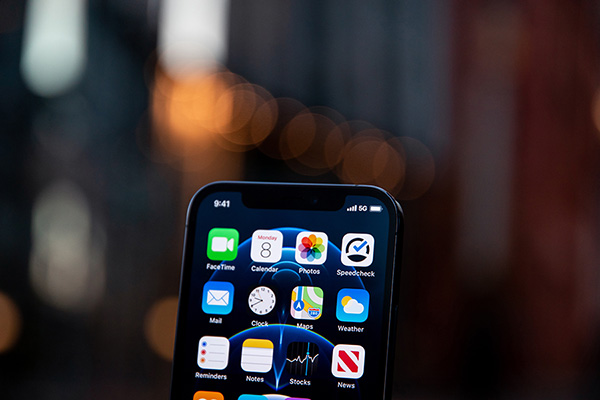
Combined with other technological disruptors, such as 5G, automation, and machine learning, the IoT transforms the way we do business and go about our lives.
So with that in mind, let’s take a deep dive into IoT and some of the practical applications already making an impact today.
What is the Internet of Things?
The IoT (Internet of Things) is a loose network of interconnected digital endpoints, such as consumer devices, networks, servers, applications, etc. While there is a huge variety of “Things” that make up the IoT, they all share the common trait of having the ability to transfer data over a network without requiring human-to-human or human-to-computer interaction.
To do this, each “thing” must, of course, be associated with unique identifiers (UIDs) to be picked out from the ocean of other devices and endpoints, such as an IP address. In its simplest form, an IoT ecosystem consists of two or more devices with the ability to collect data from their environment (users included). IoT devices can communicate this data to each other via an IoT gateway or upload it to other edge devices or the cloud to be processed and analyzed locally.
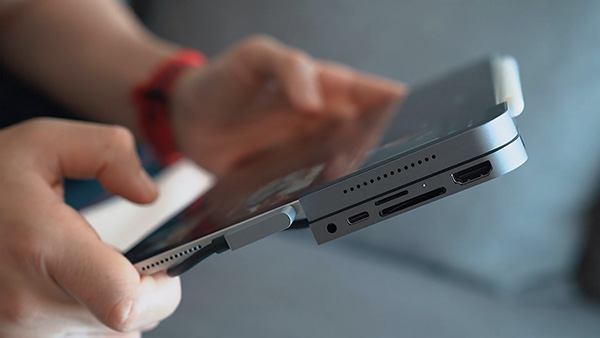
The IoT is ubiquitous with specific applications, or “Things”, being developed to tackle specific needs across all sectors.
Businesses have realized the potential advantages of operating in a way that utilizes the IoT to their benefit, such as:
- Enhancing customer experiences
- Operating more efficiently
- Harnessing more (consumer) data
- Improving decision making
- Speeding up service delivery
- Increasing IoT adoption rates among consumers
In less consumer-oriented contexts, the goals of IoT are similar but may feature a shift in goals to:
- Improving employee productivity
- Enhancing visibility over processes and digital assets
- Improving access to real-time data
- Facilitating communication
An IoT ecosystem can be as complicated as mounted GPS systems on carrier fleet vehicles which communicates their locations to the central server. This server collates, organizes, and transfers the data to help coordinate assets, map or track routes, and provide decision-makers with the necessary real-time data to make business-critical decisions.
Or, it may be as simple as your home Amazon Echo, Google Home, or Apple HomePod helping you buy groceries from an online marketplace.
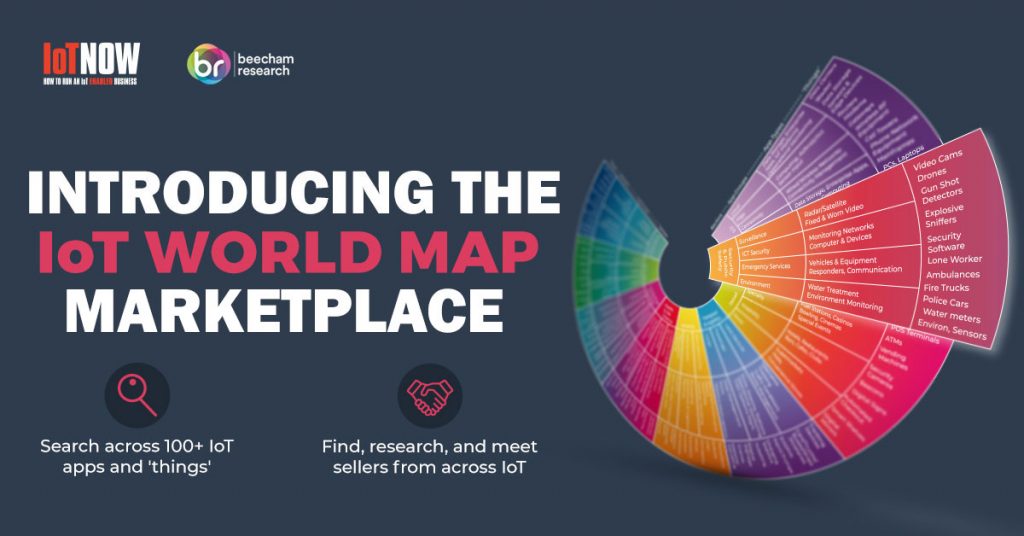
9 Specific IoT applications
1. Health & life sciences
Undoubtedly the most widespread use and awareness of IoT applications in this space are attributable to consumer wearables. And today, the most popular and ubiquitous type of wearable is undoubtedly the smartwatch.
The Galaxy range from Google, the Apple Watch series, and the various Fitbit devices need little introduction. In the cases of the Galaxy Wear and Apple Watch devices, these are powerful productivity tools and an extension of your smartphone with many of the same capabilities.
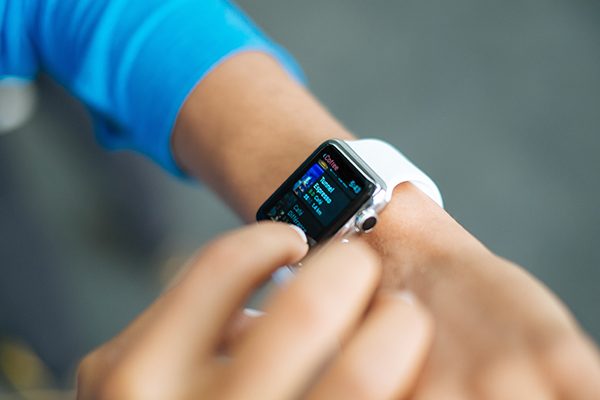
However, by far the most popular use for wearables is as fitness and activity trackers, spearheaded by companies like Fitbit.
The sophistication and features of these devices are growing by the wear. From heartrate monitors to sleep quality trackers to GPS and built-in WiFi/5G, we’ve only scratched the surface. However, the future of wearables may be devices that are even more intrinsically linked with us through embedded devices, such as Neuralink.
2. Consumer and home
The smart home has long been an ideal of tech fanatics but is now slowly becoming a reality.
You can find smart versions of almost all household appliances, from washing machines to fridges to wardrobe mirrors. Check out World of IoT Consumer and Smart Home.
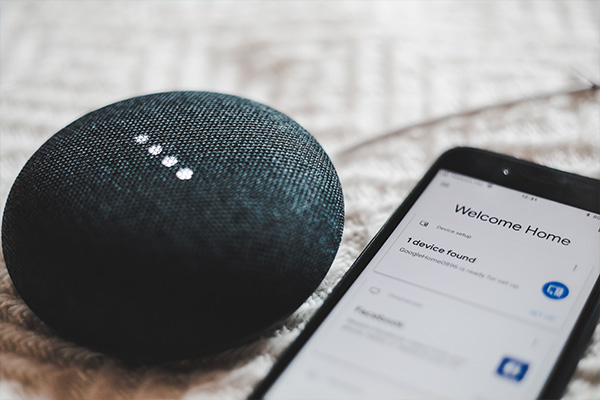
Not only can they provide advanced functionality not available in conventional systems, but they can be interconnected and controlled via a single point of contact.
For example, consumer home assistants such as Google Home, Apple HomePod, and Amazon Echo can integrate with numerous other home appliances. Others may come with their dedicated smartphone or computer apps. These applications range from practical to luxurious. For example, they can help in the maintenance and control of fire alarm systems, monitoring energy/water consumption, or help to maintain the perfect climate control throughout your home.
3. Transport & logistics
While we might still be some way of completely eliminating your morning commute, traffic management is a field making great strides.
Most modern cars produced today are IoT devices in and of themselves with infotainment systems with features like seamless smartphone integration, GPS, and even internet connectivity.

Even by using apps like Google Maps and Waze, we are receiving information that makes our lives easier and sharing it with traffic monitoring systems.
However, we are also facing the advent of the “smart car,” pioneered by companies like Tesla. Automated vehicles might be the next step to achieve fully integrated traffic management systems.
4. Agriculture
Conventionally, we don’t think about farming and cutting-edge technology in the same vein.
Farmers are already using these technologies to give them access to unprecedented data and decision-making power.

For example, sensors that can detect various properties of the soil, such as moisture and acidity levels and nutrient availability, are already commonplace. This can help farmers determine which crops are best for the soil or to suitably prepare the soil. Similar devices can be used to gather and analyze data about the climate, short-term weather, etc.
Farmers can also benefit from a range of other IoT devices that span fleet tracking, inventory management, field observation, and even livestock monitoring. This has given rise to the discipline of “precision farming” and the concept of the “smart farm.”
5. Retail & hospitality
As an industry focus on providing the best user experiences possible, it’s only natural that this sector would also gravitate towards being more IoT-centric.
Electronic keys can be sent directly to your smartphone and used to open up hotel doors using QR codes. This can help reduce frustrating long check-in and check-out times as well as automate other interactions, such as ordering room service, requesting cleaning services, using the concierge, etc. This saves both the consumer’s and the host’s time and effort. Also, it eliminates many unnecessary human-to-human interactions.

IoT applications also give hospitality businesses unprecedented opportunities for personalised marketing, messaging, and tailored offers.
While not its originally intended purpose, these innovations are even more sensible in our post-pandemic world.
6. Energy-saving and the “Smart Grid”
This is not the only large-scale civil use of the IoT, but it has become one of the most topical.
Our collective conscience has never been more engaged regarding minimising our environmental footprint. Decreased and more efficient energy consumption is seen as one of the critical ways of achieving that goal.
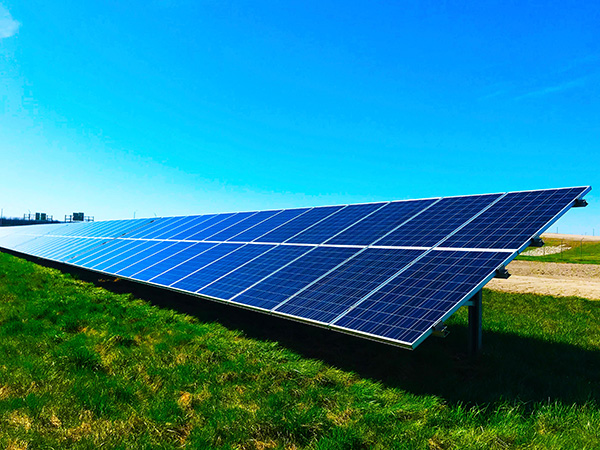
From industrial power plants to communal city blocks, installing “smart” electricity meters with built-in sensors and IoT capability can help us more effectively monitor and control the flow of electricity.
The influx of data also helps improve predictive models about peak consumption times and other important trends. Furthermore, maintenance and repairs will be enhanced by more quickly and accurately detecting and identifying faults.
Consumer-facing applications can also provide individuals with the information to better understand exercise more control over their consumption patterns.
7. Buildings & construction
IoT applications are also being uncovered throughout the entire lifecycle of construction and ongoing building maintenance. The aim of these applications is mainly to increase productivity and efficiency while reducing operational costs.

Examples of these systems are manifold:
- Electronic building access control with entry/exit tracking
- Sensors connected to electrical/water supply systems to track usage and potential faults
- Automation and monitoring of various systems, such as HVAC, smoke alarms, elevators, etc.
- Surveillance
These systems can be used in both residential and commercial properties, such as malls or office buildings.
8. Industrial
Recently, the Industrial sector has emerged as the top IoT application area.
This is a highly competitive space, and the IoT, combined with automation and machine learning, is helping organisations stay competitive by reducing operational costs and increasing productivity/efficiency.
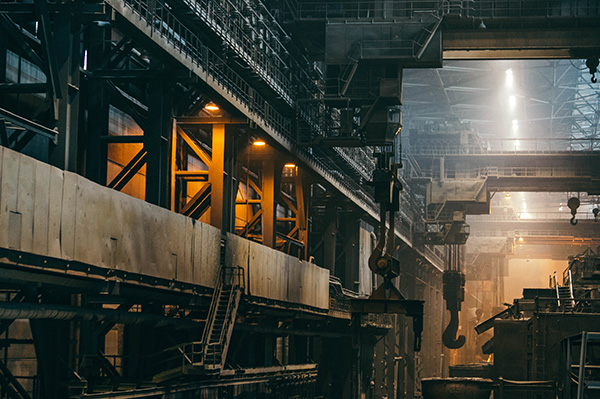
Wearables and augmented reality are increasingly utilised to help the workforce be productive and improve human resource management. Operators also benefit significantly from enhanced shop-floor monitoring, including real-time data from production equipment and inventory management systems.
In recent years, there has been massive innovation in robotics and industrial exoskeletons that also improve safety and productivity. And, it will be interesting to see how this inevitably integrates with the larger IoT ecosystem.
9. Security & public safety
The number of applications for IoT in the sphere of security and public safety is almost too numerous to mention.
Regarding the protection of private or restricted property, users can benefit from improved monitoring and surveillance thanks to advanced environmental sensors, drones, and connected video camera systems.
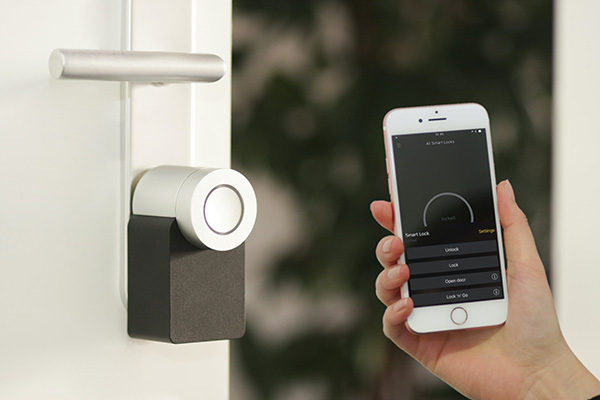
Public servants, such as police, firefighters, and paramedics, can benefit from better access to real-time information as well as IoT technology built into their police cars, fire trucks, and ambulances. Automatic gunshot detectors and robotic explosive “sniffers” are just some of the ways this can be used to combat violent crime or in combat situations.
Conclusion
As far as we’ve progressed, it’s clear that we’ve only seen the tip in terms of the variety, capability, and impact of the IoT on our lives. When implemented in tandem with other advancements in AI, automation, and next-gen networking, it truly has the potential to revolutionise the way we work and live drastically.
The advent of 5G is particularly crucial to further adoption and innovation in the IoT space. The growth of these interconnected devices has caused a surge in our demand for high-speed, reliable, and broadband connectivity. This is particularly true if we’re to reap the full benefits of real-time data and accelerated decision-making promised by IoT applications.









